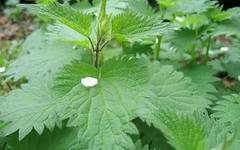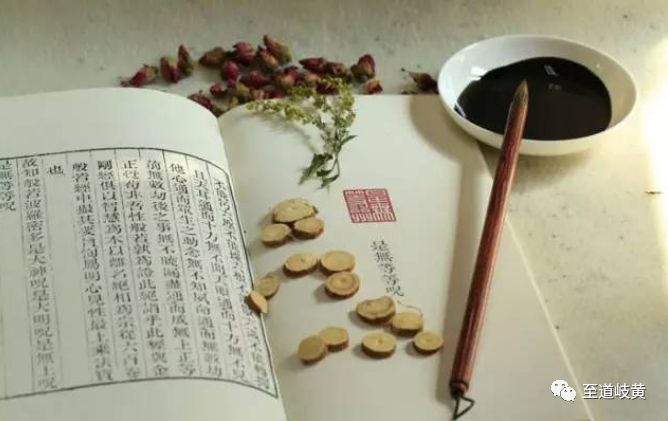
China is the birthplace of Chinese herbs. The ancient sages’ in-depth exploration, research, and summarization of Chinese herbs and Traditional Chinese Medicine (TCM) have led to the widespread recognition and application of these herbs. Among the 42 types of herbs that grow in rural areas, we often walk past them without realizing their miraculous effects. Let’s take a look!
1. Qian Niu Zi (Plantago Seed)
Some texts mention it as toxic, while others describe it as mildly toxic or non-toxic. In the past, it was commonly used as medicine, but now it is often consumed as a vegetable. When its stinging hairs come into contact with skin, it causes a prickling sensation. It can be boiled in soup or fried with eggs for a delicious taste. It is effective for treating pediatric coughs and toothaches caused by wind-heat. One patient reported that its roots have remarkable effects on treating urticaria.
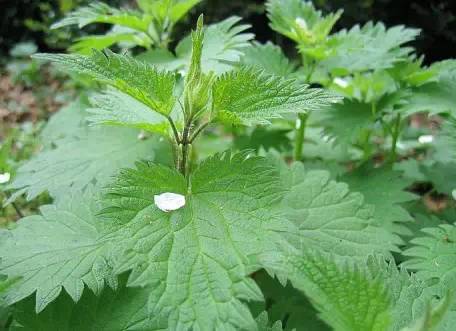
2. Long Kui (Solanum nigrum)
It clears heat and treats tumors, and is also a commonly used wild vegetable. It has liver-protecting, stomach-strengthening, and vision-improving properties.
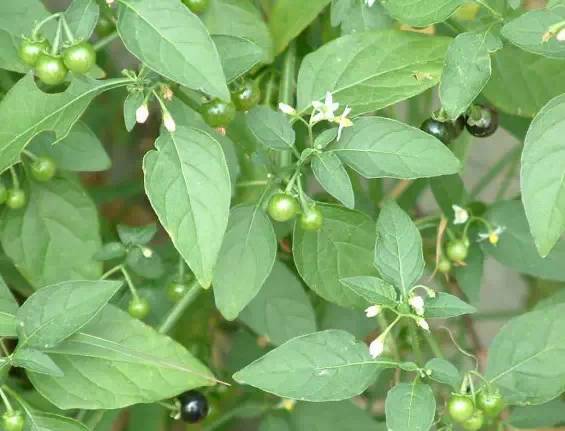
3. Huang Pao (Hibiscus sabdariffa)
The fruit is delicious, appetizing, and softens the liver, making it good for children.
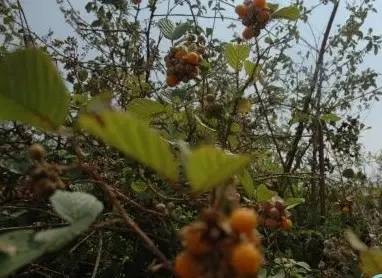
4. He Shou Wu (Polygonum multiflorum)
It is used to nourish blood and qi, has a neutral taste, and can be consumed regularly. It detoxifies and promotes bowel movements without harming yin. The sprouts have calming and blood-nourishing effects.
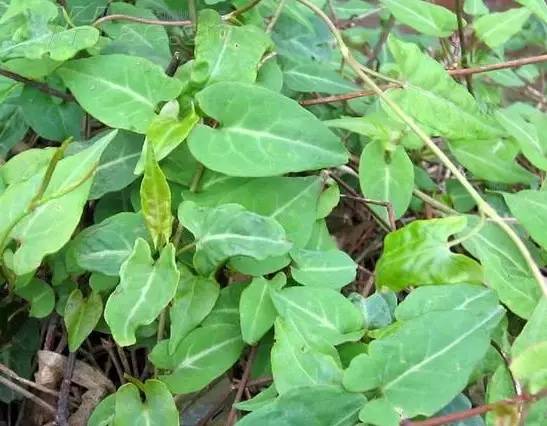
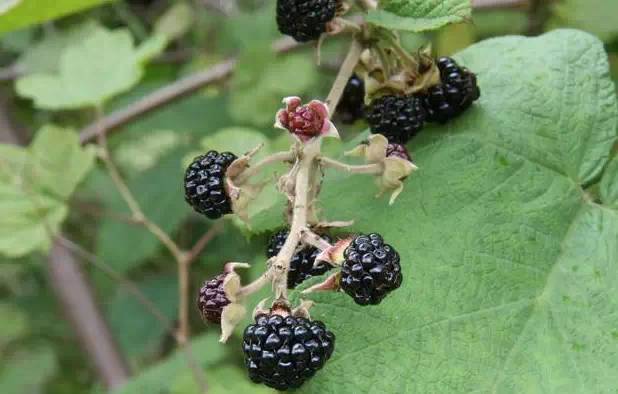
6. Ye Bo He (Wild Mint)
Its taste and effects are similar to cultivated varieties. It disperses wind-heat, eliminates foul qi, and detoxifies from fish and shrimp.
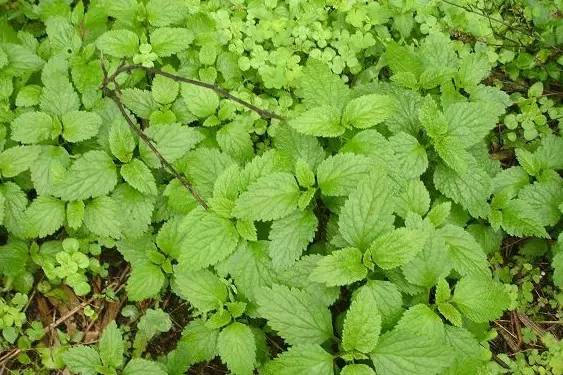
7. Zong Lin (Palm Grass)
Its fibers, flowers, and roots are used medicinally. It has astringent properties and can stop bleeding, particularly effective for gynecological discharge.

8. Hui Hui Cai (Chenopodium album)
Generally not used in medicine, it was used in ancient recipes to make winter ash, now rarely used, but can clear lung and abdominal stagnation.

9. Xia Ku Cao (Prunella vulgaris)
It grows according to the seasons, harmonizes blood, and draws yang into yin to treat insomnia. It has a salty taste and can soften hardness and disperse accumulations. Non-toxic, the tender shoots can be used as a vegetable, but in Yunnan, many vegetables are available, and few people eat it.
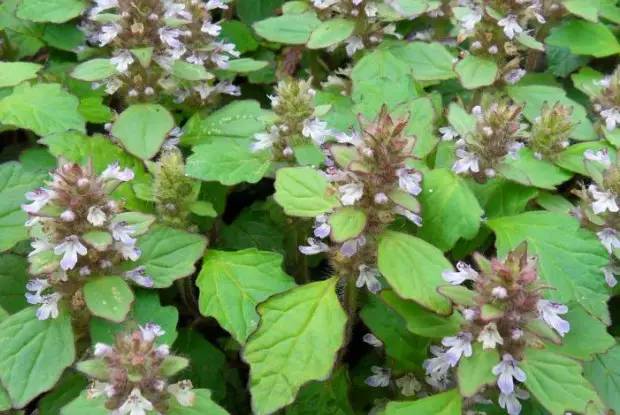
10. Che Qian Cao (Plantago asiatica)
Used in pharmacies, both the seeds and the herb have similar effects. It clears bladder heat, benefits kidney qi, and prevents stone accumulation. Additionally, it can expel lung heat through urination and treat coughs. There are two varieties: large-leaf and small-leaf, with the small-leaf being superior.
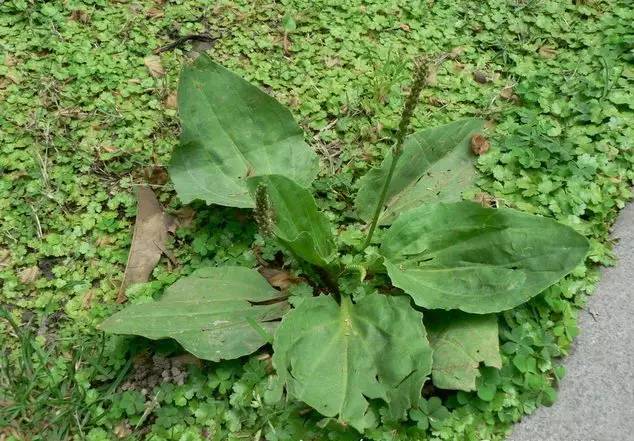
11. Tie Hao (Artemisia argyi)
There are many types of artemisia, some for medicinal use, some for food, and some for both. Pharmacies often use Qing Hao (Artemisia annua) and Huang Hao (Artemisia capillaris). Tie Hao can clear empty heat and is similar to Qing Hao, with a less bitter taste. During difficult times, common people also consume it to stave off hunger, and it has health benefits, but unfortunately, it is not researched or developed.

12. Jin Yin Hua (Lonicera japonica)
All parts of Jin Yin Hua can be used medicinally and is one of the precious Chinese medicinal materials recognized by the State Council. It has functions of clearing heat, detoxifying, antibacterial, anti-inflammatory, and protecting the liver and gallbladder.
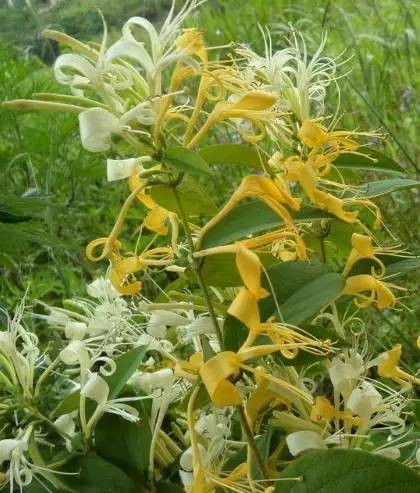
13. Pu Gong Ying (Taraxacum officinale)
Taste and function: sweet, slightly bitter, cold. Clears heat, detoxifies, reduces swelling, and disperses lumps.
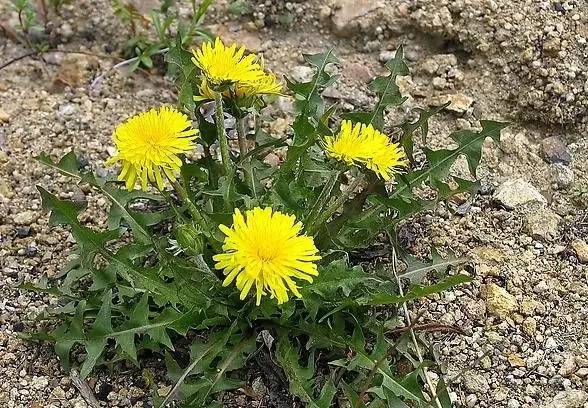
14. Ya Zhi Cao (Hedyotis diffusa)
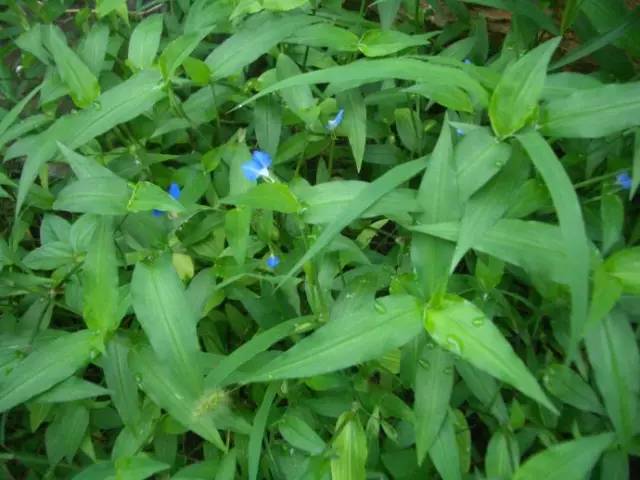
1. For urinary obstruction: Use one ounce of Ya Zhi Cao and one ounce of Che Qian Cao, mash them to extract juice, add a little honey, and take on an empty stomach.
2. For dysentery: Boil Ya Zhi Cao in water and take daily.
3. For throat obstruction: Use Ya Zhi Cao juice to gargle.
4. For hemorrhoids and swelling pain: Use Ya Zhi Cao and Bi Chan Er Hua together, mash them soft and apply to the affected area.
15. Chui Pen Cao (Lysimachia christinae)
Found in fields near water, it has a sweet, slightly sour, and cool taste. It can clear heat, detoxify, reduce abscesses, promote urination, and counteract snake venom.
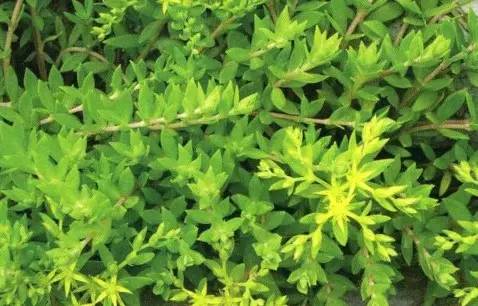
16. Deng Long Cao (Physalis alkekengi)
This herb does not need much introduction; it is often picked and eaten as a sour snack in childhood. It clears heat, detoxifies, promotes urination, stops bleeding, reduces swelling, and disperses lumps.
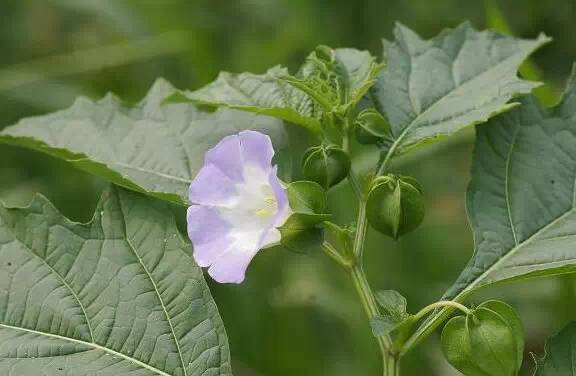
17. Cang Er Zi (Xanthium sibiricum)
It disperses wind and dampness, and opens the nasal passages. It is used for wind-cold headaches, nasal congestion, wind rash itching, and dampness obstruction.
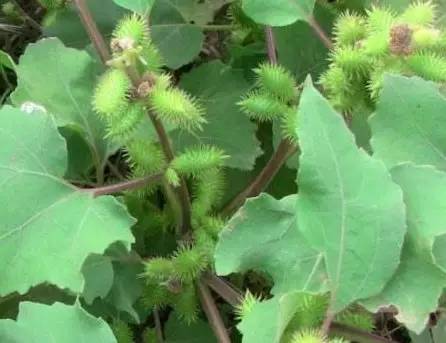
18. Ma Lan (Aster tataricus)
This is also a common wild vegetable, known by various names: Ma Lan Tou, Jie Qian Ju, Ji Er Chang, Hong Geng Cai, etc. It belongs to the Asteraceae family. The whole plant is used medicinally. It is cool in nature and spicy in taste. It enters the Taiyin Lung and Jueyin Liver meridians. It cools the blood, clears heat, promotes dampness, and detoxifies.

19. Ji Cai (Capsella bursa-pastoris)
This is one of the most common wild vegetables, which can be stir-fried, cold tossed, or used as dumpling filling. It is also known as Hu Sheng Cao, Xiang Tian Qi, and Lan Gu Cai. The whole plant is used medicinally. It is neutral in nature and sweet in taste. It enters the Shaoyin, Taiyin, and Jueyin meridians. It harmonizes the spleen, promotes urination, stops bleeding, and improves vision. It treats dysentery, edema, gonorrhea, hemoptysis, blood in stool, uterine bleeding, excessive menstruation, and red, painful eyes.
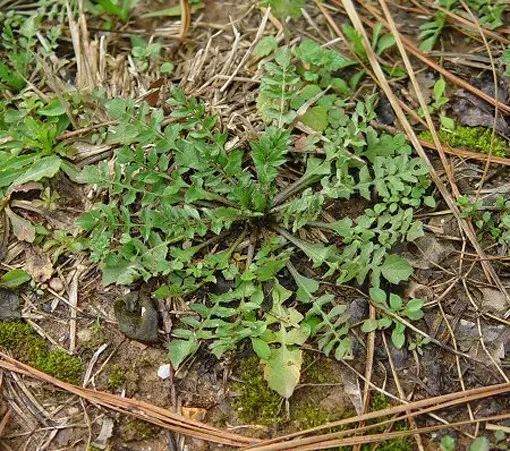
20. Xiao Ji (Cirsium setosum)
This is a wild vegetable, also known as Ci Er Cai, Mao Ji, Ci Luo Bo, Dao Cai, and Ye Hong Hua. The whole plant or roots are used medicinally. It is cool in nature and sweet in taste. It enters the Liver and Spleen meridians. It cools the blood, dispels stasis, and stops bleeding. It treats hemoptysis, epistaxis, hematuria, blood in stool, uterine bleeding, acute infectious hepatitis, traumatic bleeding, and carbuncles.
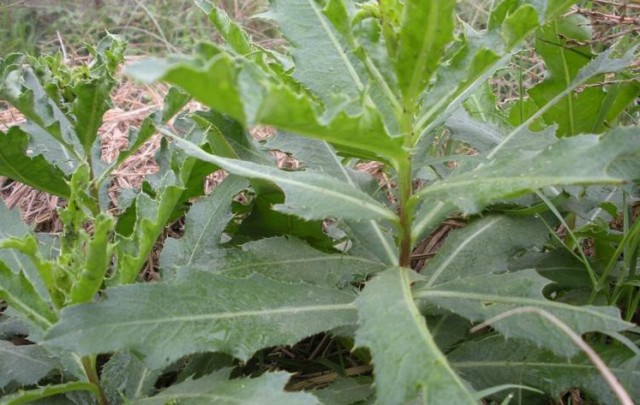
21. Shui Qincai (Oenanthe javanica)
This is a wild vegetable belonging to the Apiaceae family. The whole plant is used medicinally. It is cool in nature and spicy in taste. It calms the liver, releases the exterior, and promotes rashes. It treats early-stage measles, hypertension, and insomnia. If you pick it yourself, be careful of a toxic variety that looks similar but grows in scattered patches, while Shui Qincai grows in clusters near water or in wet areas.
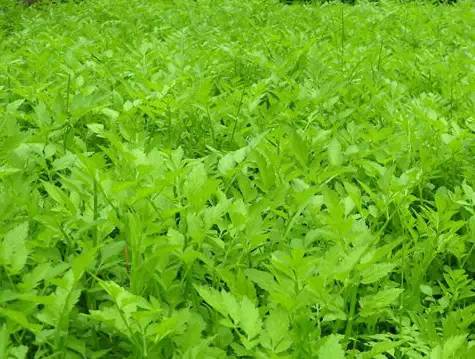
22. Tian Hu Su (Coriandrum sativum)
Also known as Po Tong Qian, Ji Cai, and Pen Shang Yan Qi, it belongs to the Apiaceae family. The whole plant is used medicinally. It is cold in nature and has a bitter and spicy taste. It clears heat, promotes urination, reduces swelling, and detoxifies. It treats jaundice, dysentery, urinary difficulties, eye disorders, throat swelling, carbuncles, and traumatic injuries.

23. Cu Jiang Cao (Oxalis corniculata)
Also known as San Ye Suan Cao, Cu Mu Cao, and Bo Gu Suan, it belongs to the Oxalidaceae family. The whole plant is used medicinally. It is cold in nature and sour in taste. It enters the Yangming and Taiyang meridians. It clears heat, promotes dampness, cools the blood, disperses stasis, reduces swelling, and detoxifies. It treats diarrhea, dysentery, jaundice, gonorrhea, leucorrhea, measles, hemoptysis, epistaxis, sore throat, carbuncles, abscesses, scabies, hemorrhoids, anal prolapse, traumatic injuries, and burns from hot water.
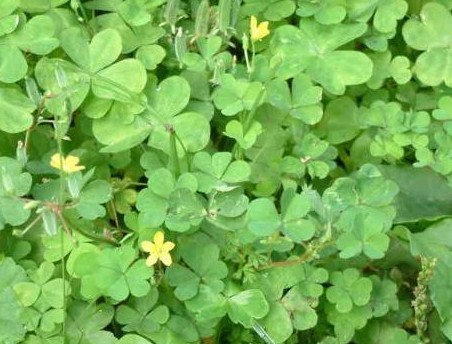
24. Juan Er (Dianthus chinensis)
Chinese medicinal name: Po Po Zhi Jia Cai, also known as Gua Zi Cao and Gao Jiao Shu Er. It belongs to the Caryophyllaceae family. The whole plant is used medicinally. It has a sweet taste and clears heat from urinary symptoms.
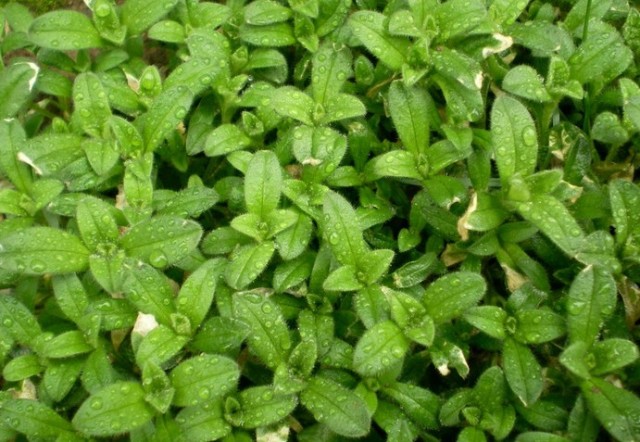
25. Qi Gu Cao (Euphorbia hirta)
Also known as Zhen Zhu Cao and Di Song, it belongs to the Euphorbiaceae family. The whole plant is used medicinally. It is cool in nature and has a bitter and spicy taste. It treats skin rashes, abscesses, lumps, dental caries, pediatric milk accumulation, and traumatic internal injuries.
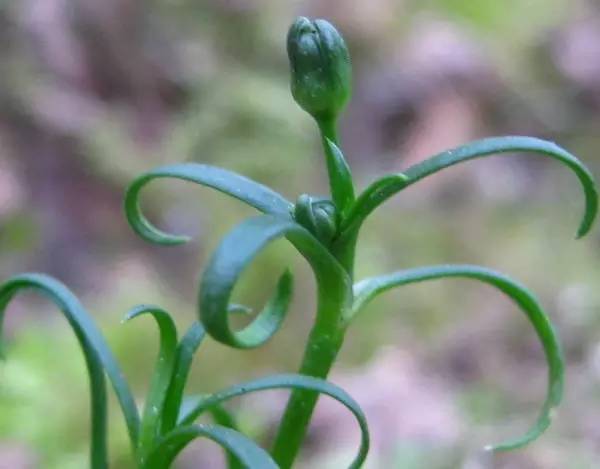
26. Tong Quan Cao (Lysimachia christinae)
Chinese medicinal name: Green Orchid Flower, also known as Hu Zai Cao, Shi Lin Cao, and Nao Pao Yao. It belongs to the Scrophulariaceae family. It is cool in nature, slightly sweet, and non-toxic. The whole plant is used medicinally. It reduces inflammation, detoxifies, and treats abscesses, boils, and burns.
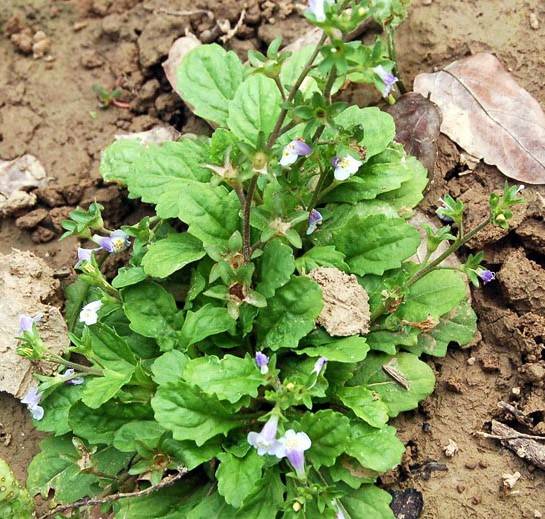
27. Bo Si Po (Persicaria hydropiper)
Chinese medicinal name: Shen Zi Cao, also known as Deng Long Cao and Bo Si Shui Ku. It belongs to the Scrophulariaceae family. It is neutral in nature, spicy, and bitter. The whole plant is used medicinally. It detoxifies heat, treats kidney deficiency, and alleviates rheumatism.
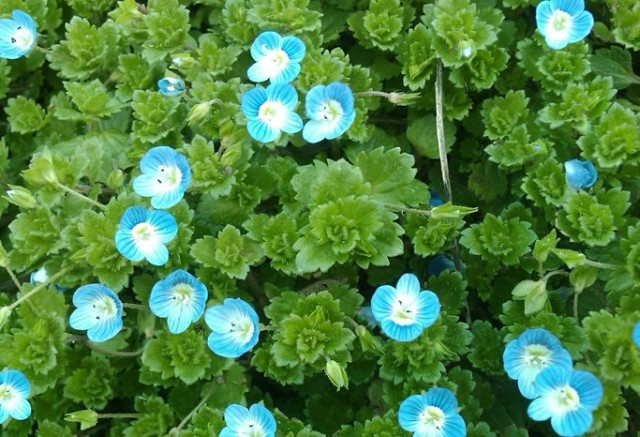
28. Ze Qi (Euphorbia lathyris)
It promotes urination, reduces swelling, transforms phlegm, disperses lumps, and kills parasites. It is used for ascites, edema, pulmonary tuberculosis, cervical lymphadenitis, excessive phlegm, cough, and skin diseases.
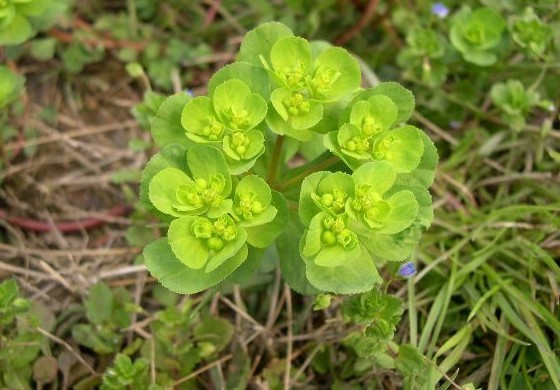
29. Gou Wei Ba Cao (Setaria viridis)
Also known as Green Dog Tail Grass, Gu Yao Zi, and A Luo Han Cao. It is used to clear heat, eliminate dampness, and reduce swelling. It treats abscesses, skin diseases, and red eyes.
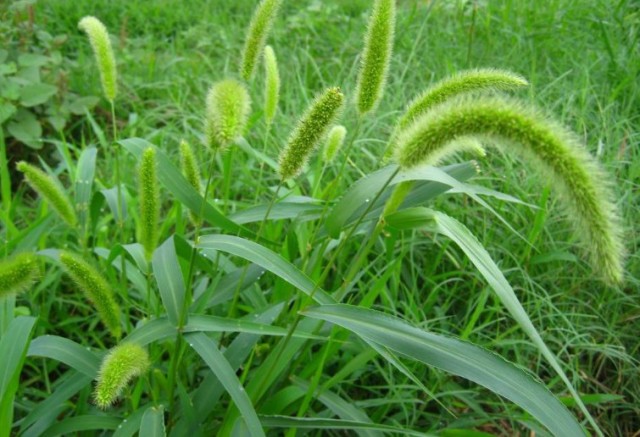
30. Huang Hua Cai (Hemerocallis fulva)
Huang Hua Cai is a perennial herbaceous plant’s flower bud, with a fresh taste and tender texture. It is rich in nutrients, containing abundant pollen, sugars, proteins, vitamin C, calcium, fats, carotene, amino acids, and other essential nutrients. Its carotene content is even several times higher than that of tomatoes. Huang Hua Cai is sweet and cool in nature, with effects of stopping bleeding, reducing inflammation, clearing heat, promoting dampness, aiding digestion, improving vision, and calming the mind. It is effective for hemoptysis, blood in stool, urinary obstruction, insomnia, and insufficient milk production, and can be used as a tonic after illness or childbirth.
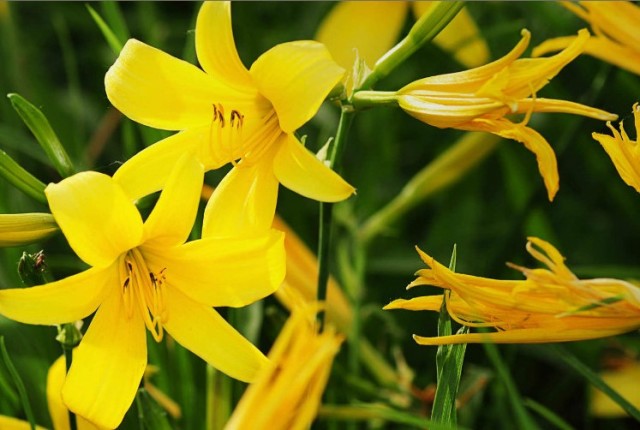
31. Yi Chuan Hong (Sanguisorba officinalis)
The medicinal part is the whole plant, which can be harvested during its growth period and used fresh or dried for later use.

32. Ya She Cao (Hedyotis diffusa)
Ya She Cao has a dietary therapeutic effect: it is bitter and cool; it has the effect of clearing heat and detoxifying; it is mainly used for dysentery, enteritis, acute tonsillitis, erysipelas, and carbuncles. It can also be used for acute bronchitis and whooping cough.
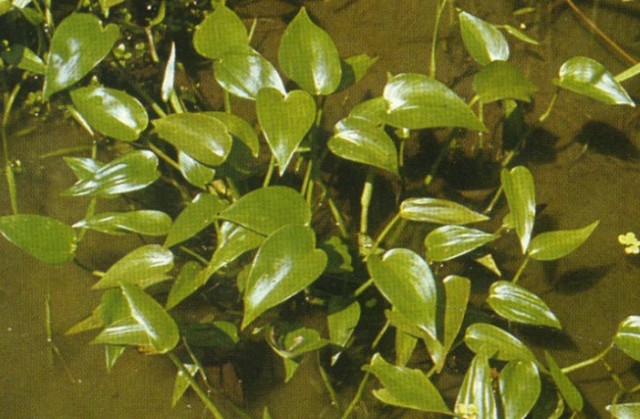
33. Feng Yan Lan (Eichhornia crassipes)
Also known as Water Hyacinth or Water Floating Lotus. The whole plant is used medicinally. It is harvested in spring and summer, cleaned, and used fresh or dried.
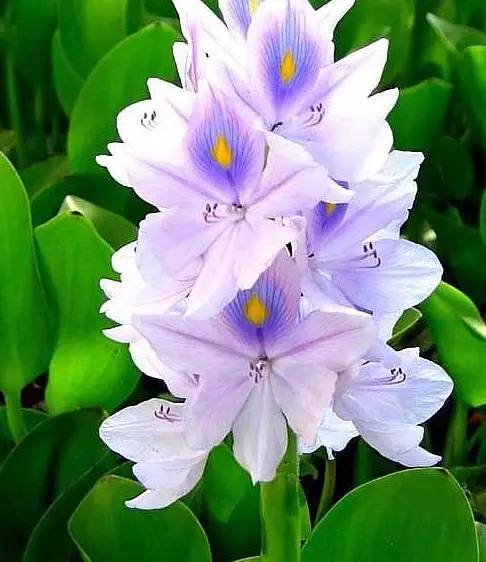
34. Lan Hua Shen (Dendrobium nobile)
It nourishes deficiency, releases the exterior. It treats deficiency-related injuries, hemoptysis, epistaxis, spontaneous sweating, night sweats, women’s leucorrhea, wind-cold cough, stomach pain, diarrhea, and knife wounds.

35. Chai Hu (Bupleurum chinense)
Nature and meridian entry: slightly cold, bitter, spicy, enters the Liver, Lung, and Spleen meridians. Function: disperses the exterior, drains heat, soothes the liver, and lifts yang qi. Indications: common cold with fever, alternating chills and fever, malaria, liver qi stagnation, chest and rib distension, prolapse of the rectum, uterine prolapse, and irregular menstruation.
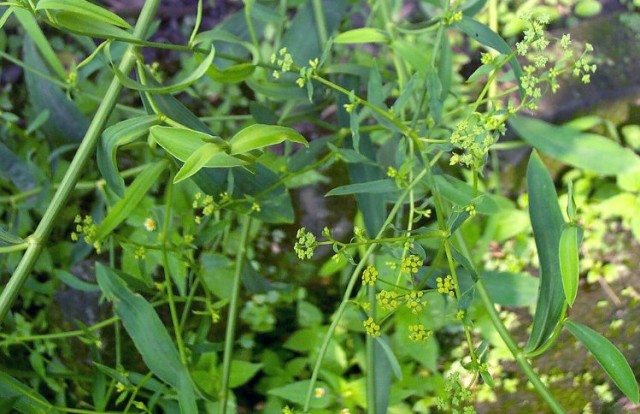
36. Mai Dong (Ophiopogon japonicus)
Nature and meridian entry: sweet, slightly bitter, slightly cold. Enters the Heart, Lung, and Stomach meridians. Function and indications: nourishes yin, generates fluids, moistens the lungs, and clears the heart. It is used for dry cough due to lung dryness, yin deficiency cough, throat pain, thirst due to internal heat, and frequent urination.

37. Yu Zhu (Polygonatum odoratum)
Nourishes yin, moistens dryness, alleviates restlessness, and quenches thirst. It treats febrile diseases with yin injury, cough with thirst, deficiency heat, easy hunger, and frequent urination.
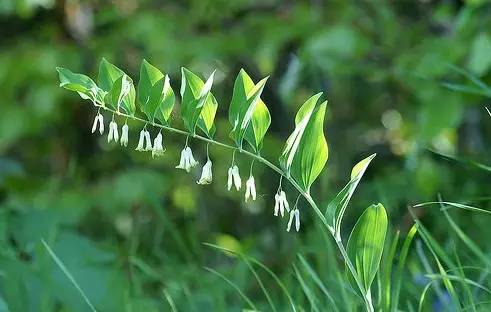
38. Sang Bai Pi (Morus alba)
Nature and meridian entry: sweet and cold, enters the Lung meridian. Function: drains the lungs and relieves cough, promotes urination, and reduces swelling. It is used for lung heat cough, facial swelling, and urinary difficulties.
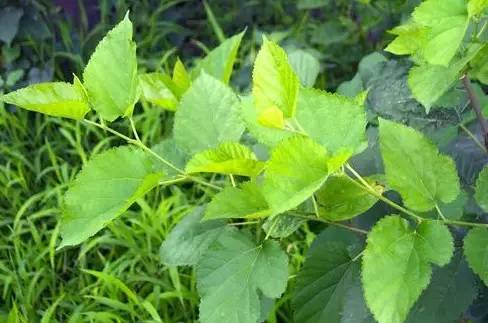
39. Man Tuo Luo (Atropa belladonna)
This herb is toxic and is a key sedative. It can relax muscles. In ancient times, it was a main ingredient in anesthetics and Yunnan Baiyao. In folk medicine, the flower, seeds, leaves, and roots have different uses for various diseases. Chewing ten seeds can treat insomnia.
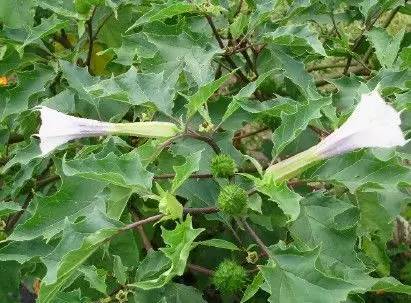
40. Gui Zhen Cao (Bidens pilosa)
When tender, it can be eaten as a vegetable and is quite tasty. It is said to be very effective in lowering transaminases. It can disperse liver heat.
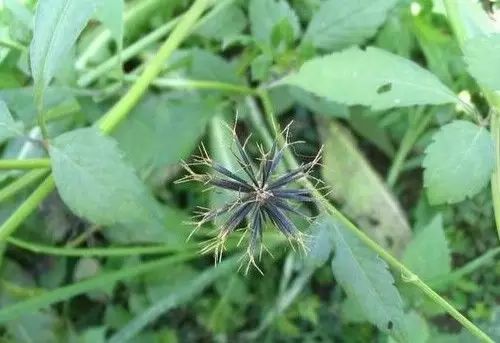
41. Ku Cai (Sonchus oleraceus)
In Yunnan, people refer to green vegetables as Ku Cai, but the one in the picture is the true Ku Cai. It is listed as a superior herb in ancient texts and can strengthen the stomach and benefit the gallbladder, making it very suitable for modern people.
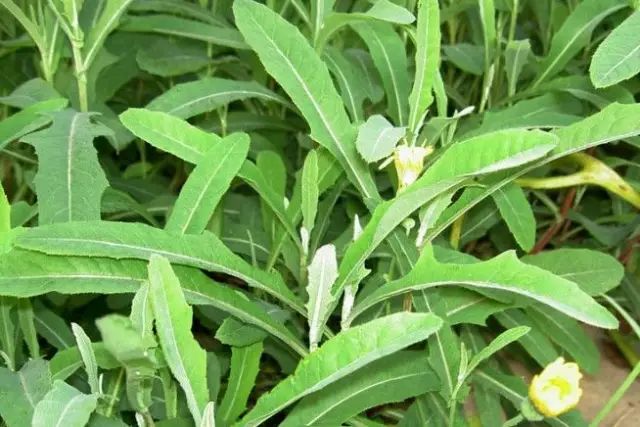
42. Kui Cai (Hibiscus sabdariffa)
There are both wild and cultivated varieties. It is listed as a superior herb in the Shennong Bencao Jing and is a vegetable beneficial to health. Nowadays, most regions are unaware of its edibility. The wild variety shown in the picture can benefit the five organs, and its roots can effectively promote kidney function when used with brown sugar for external application.
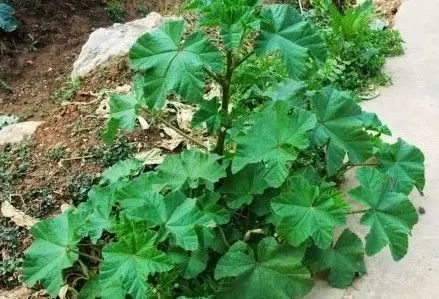
Recommended Articles:
National-level TCM promotional video: Our TCM, a stunning release!
Collection! Ni Haixia discusses the Treatise on Febrile Diseases, complete 58 volumes.
Must-read! Ni Haixia discusses the Huangdi Neijing, complete 75 volumes (collection).
So precious! Liu Jingyuan’s Wenbing Xue, complete 72 volumes (collection).
Why is Huaxia civilization a heavenly way civilization? (recommended for collection)
So precious! TCM Formulas, complete 82 volumes (recommended for collection).
Beautiful TCM moxibustion promotional video, so beautiful that you will fall in love with moxibustion…
50 long-lost TCM health preservation music (collection).
Great love! Hao Wanshan Talks Health, complete 23 volumes (collection).
Hao Wanshan’s Treatise on Febrile Diseases, complete 70 volumes video (collection).
Useful! TCM Internal Medicine, complete 52 volumes (collection).
So beautiful! The first TCM documentary Ben Cao China (all ten episodes).
Useful! Ni Haixia’s Shennong Bencao Jing, complete 1-39 (recommended for collection).
Great love! Must-read TCM documentary Huangdi Neijing, complete 1-60, welcome to collect!
Anime Yijing, complete 43, so rare (recommended for collection).


